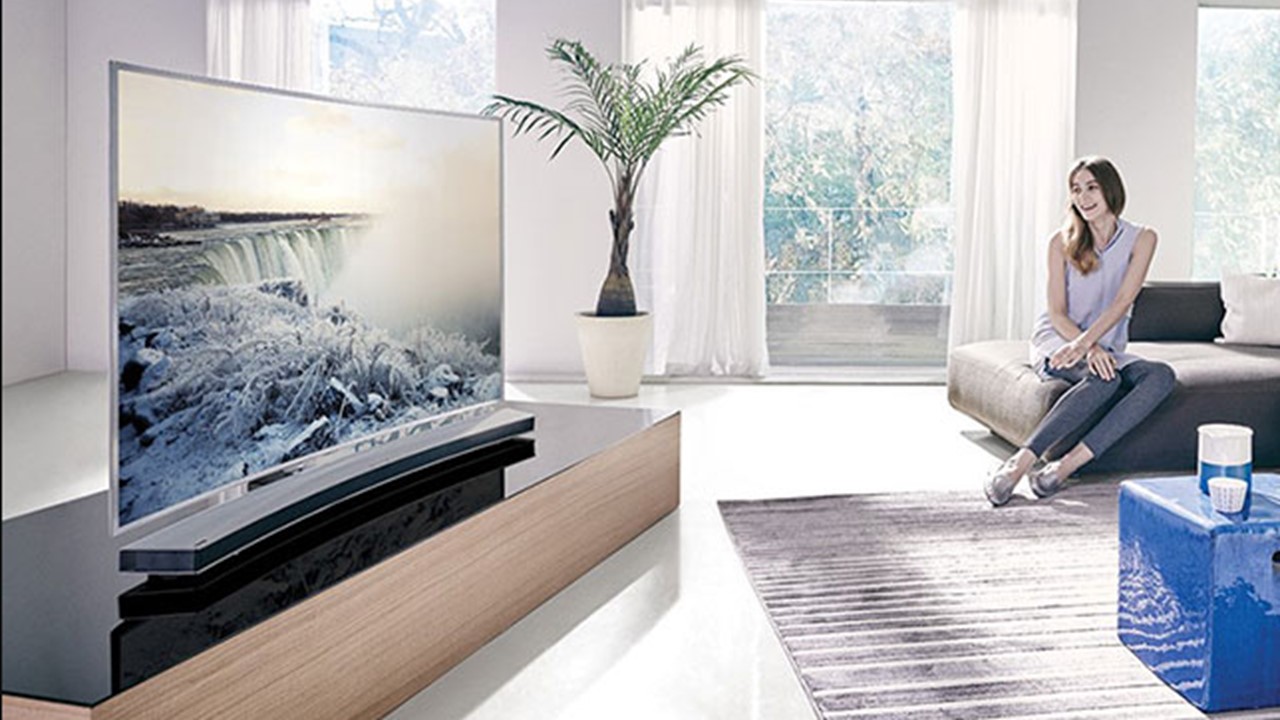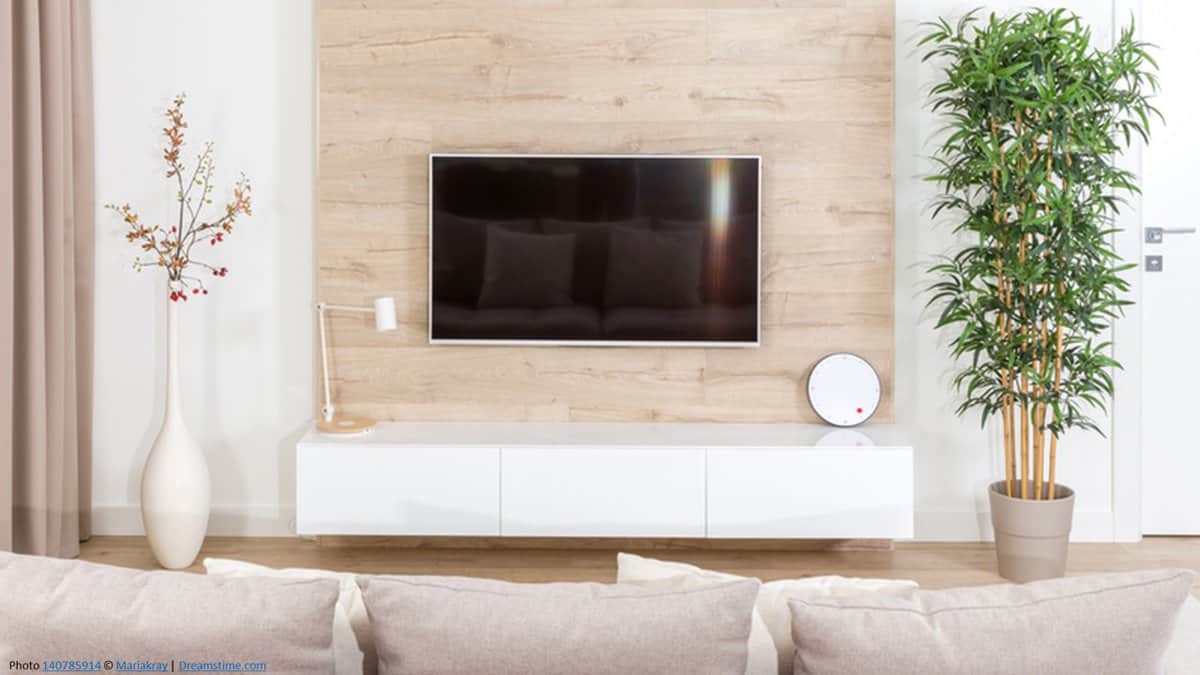At our house, we are hitting the “ten-year mark.” I have been mentally and economically preparing for this auspicious occasion, knowing that most appliances and electronics have an average life span. Some of our household items have already bit the dust and have been replaced. We replaced our dishwasher, which was used daily, about four years ago; our low to medium-priced microwave stopped working two years ago. Two of the most expensive appliances – the fridge and the stackable washer/dryer are on death watch.
What came out of the blue was the sudden demise of our LCD TV. One day it worked, and the next day, it was gone to flat panel heaven. At first, we thought it was the batteries in the remote. We did all the troubleshooting we could think of and then consulted the God of all things helpful – Google. After many hours of trying to bring it back from beyond, we signed its death certificate.
So, we found ourselves back in the TV market. Not surprisingly, since technology continues to advance at unparalleled speeds, things have changed. There were new brands on the market, new features, and new technology. I thought I best do some research to get myself back up to speed and thought you might also be interested to know.

Most of us have an LCD (liquid crystal display) screen TV or an LED (light-emitting diode) screen TV. They came on the scene after the era of TVs with bulbs. Remember them? Unlike those first TVs, where a wire filament heated until it glowed white-hot, this next generation of TVs give off light from electrons that zapped through specially treated solid materials. This technology has many benefits over the old bulb approach – it is more reliable and energy-efficient. Since the light emitters are smaller, TVs did not need much room, so they became flat-panel TVs.
LED TVs have a higher quality picture display and contrast than LCD TVs because they use modular light-emitting diodes. Both use liquid crystal technology, although LCD uses fluorescent backlights instead of lighting each pixel as LED does.
When browsing LED TVs, you will see that they are available in UHD, OLED, and QLED.
UHD (ultra high definition) LED TVs are available in 4K and 8K. They offer a higher resolution than standard LCD TVs; however, they will not give you a quality picture like an OLED (organic light-emitting) or QLED (quantum dot) TV. UHD TVs do not offer the best viewing angles, and most still have judder issues (unsmooth motions) because of the technology used in lighting their pixels.
Most experts consider OLED the leading technology on the market today and are offered through Sony, LG, Panasonic, and Vizio. The best OLED models offer enhanced brightness, a broader color range and better viewing angles. OLED technology relies on LED pixels that emit their own light. Since each pixel is individually lit, it offers vibrant light AND color. No backlight is required. No need for a backlight also means a thinner TV. (Stay tuned for even thinner models through – Micro OLEDs are on their way!) OLED TVs also produce richer, darker tones. With this contrast of lights and darks, the overall image is better on an OLED TV.
OLED TVs are also superior to UHD TVs because they offer significantly broader and better viewing angles. This feature is important if your living room or bedroom is smaller. The image will not disappear or distort if you are closer to the screen. OLED uses less power than UHD TVs, but they have a downside: there is a risk of burn-in. Burn-in is when an image can permanently linger on your screen.
Although not the market leader, QLED is the newest and currently considered the best technology on the market. QLED uses an LED backlight to hit a screen of quantum dot particles resulting in more brightness and color than either the OLED or UHD. The expanded color volume will give you near-perfect picture quality and realistic images. QLED TVs function better in brightly lit rooms, so if you are interested in a TV for your outdoor living area under a palapa, this is the technology! Another plus of QLEDS is that you do not have to worry about burn-in. Samsung is right now the largest manufacturer of QLED TVs, and according to their literature, their product generally has longer lifespans, screen sizes and lower prices than OLED TVs.

Now that I have a better idea of what is on the market, I am off to purchase our next TV so that I can finally see the end of “Inventing Anna” on Netflix!
Save mistakes, hassle and money when buying your furniture. We represent over 150 manufacturers and suppliers throughout Mexico that use the correct materials and processes. Visit us at our Puerto Vallarta store: 363A Constitucion just off of Basilio Badillo or our Bucerias store at Heroes de Nacozari 126 (We are open Mon through Fri 10 to 4 and Saturdays 10 to 2)
WARNING! There is a long wait time for most furniture manufacturers in North America, including Mexico – if you are furnishing a new condo, order 6 months before you take possession. We offer storage if your condo delivery is delayed. Email us at furniture@solutionsmexico.com or Whatsapp us at +52 322 136 5156
